Inside the secret Israel-Hamas negotiations to release 50 hostages
Weeks of talks with Hamas were hanging by a thread when Joe Biden phoned the Emir of Qatar, a key emissary to the militant group, to deliver an urgent message.
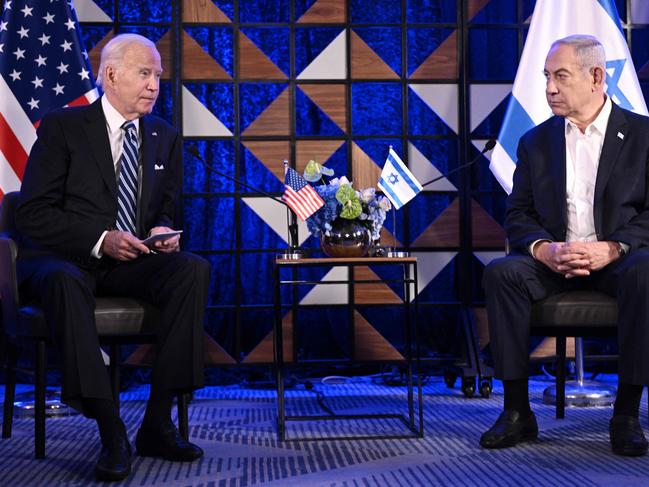
Weeks of secret hostage negotiations with Hamas were hanging by a thread when President Biden phoned the Emir of Qatar, a key emissary to the militant group, to deliver an urgent message.
Yahya Sinwar, the Hamas leader in Gaza, had gone dark after the Israeli military seized control of Al-Shifa hospital, a facility Israel said Hamas used as a command-and-control centre. Now that the fighting at the hospital was over, Sinwar had re-emerged from the shadows, and he was ready to negotiate.
“This could be our last chance,” Biden told the emir, according to several people with knowledge of the call.
Biden was injecting himself into one of the most complex hostage negotiations in modern history, a diplomatic frenzy that involved the heads of the Central Intelligence Agency and Israel’s Mossad, Egyptian intelligence officers and Sinwar, an enigmatic leader that Israeli officials say was operating from an underground bunker.
The agreement produced from those negotiations on Wednesday morning faced last-minute drama, with quibbling over the fine print delaying it by a day. But by Thursday evening, Qatari negotiators said the deal was back on to free 50 Israeli hostages held by Palestinian militants in Gaza in return for the release of 150 Palestinian prisoners by Israel, starting on Friday.
The agreement also requires daily pauses in Israel’s drone surveillance of Gaza – a key concession that Biden extracted from Israeli Prime Minister Benjamin Netanyahu, U.S. officials said.
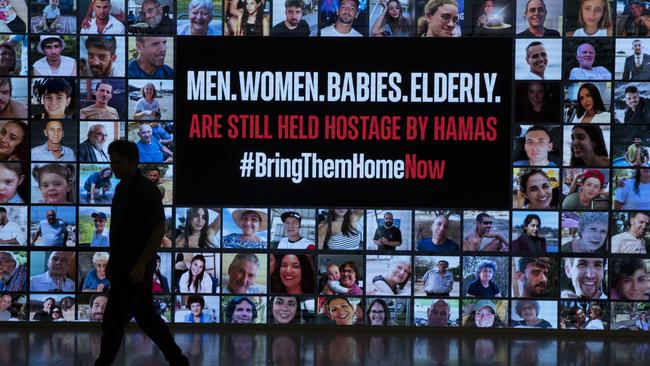
U.S. officials have cautioned that the deal was still fragile, having been negotiated between enemies – Hamas, a U.S.-designated terrorist organisation, and Israel, which has vowed to destroy the Gaza ruler in response to the Oct. 7 attack that killed more than 1,200 people, most of them Israeli civilians.
By late Thursday evening, negotiators were still working on the fine details, such as the route the hostages would take into Israel.
But the deal marked the first major diplomatic breakthrough of the seven-week-old war. It also cemented a rare channel of communication between the warring parties, raising hopes that further talks can secure the release of other hostages taken on Oct. 7.
The talks unfolded against the backdrop of Israel’s sweeping ground invasion of northern Gaza – an escalation that Israeli officials contend piled pressure on Hamas to release the hostages.
U.S. officials, along with Qatari and Egyptian negotiators, feared the clashes at Al-Shifa and other parts of Gaza City, a longtime Hamas stronghold, would close the window to execute a deal.
The broad outlines of the agreement – an exchange of civilian hostages for Palestinian prisoners and aid – were proposed by negotiators weeks ago, but the talks continued to break down as the conflict flared. Hamas threatened to walk out. Both sides haggled over the number of hostages and prisoners to be released. Israel, determined to destroy Hamas, resisted the militant group’s demands for a pause in the fighting.
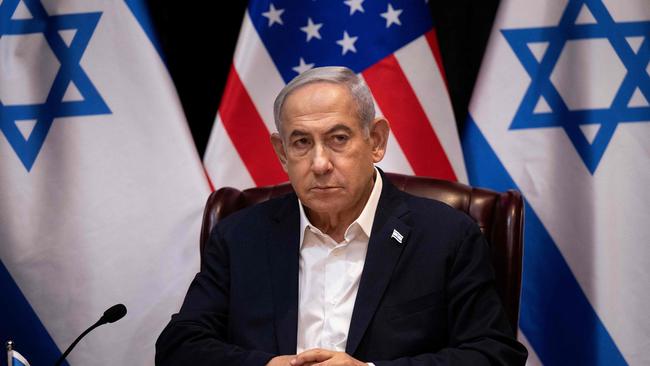
Netanyahu, meanwhile, was coming under heavy pressure at home to break the impasse. The families of hostages held a five-day protest march from Tel Aviv to Jerusalem and met with members of Israel’s war cabinet, fearing the military campaign was putting the hostages’ lives in more danger.
The longer the war went on, they said, the higher the risk that Hamas leaders could simply disappear. Hamas had already threatened to execute the hostages in the first week of the war. The captives also risked becoming casualties in Israel’s relentless bombing of Gaza.
“Pressure from the families and pressure from within the cabinet convinced Netanyahu to accept the deal,” said Gershon Baskin, an Israeli negotiator who brokered a deal that freed an Israeli soldier held by Hamas in 2011.
This account of the negotiations is based on interviews with more than a dozen officials in the U.S. and across the Middle East that were involved in brokering the breakthrough over the last several weeks. Officials discussed the details of the negotiations, which they frequently described as dramatic, intense, frustrating and tedious, in anticipation of the deal going through. Although the parties have all accepted it, it will be days before all the hostages are actually released. One U.S. official reiterated that the deal isn’t done until the deal is done.
In the early days of the crisis, top officials from the U.S., Qatar, Egypt, Israel and Gaza began to hold secret talks as part of a special hostage negotiation cell. U.S. national security adviser Jake Sullivan directed Josh Geltzer, a legal adviser to the National Security Council and White House aide, to help create the cell, according to a senior administration official, and it was established in the Qatari capital of Doha.
The cell tackled the problem of negotiating between two warring parties that have no direct channel of communication. Hamas itself was divided between its military and political leadership fighting the war in Gaza, and its political leaders in exile, many of whom live in Qatar.
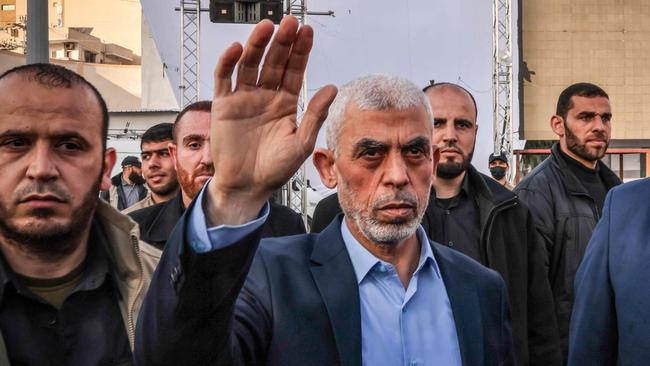
Qatari officials were expected to press Hamas’s political leaders. Egypt’s intelligence services had decades of experience dealing with Hamas in Gaza and with Sinwar specifically. The Egyptians had successfully brokered ceasefires in a series of previous wars between Hamas and Israel, and they maintained the only viable channel to Hamas’s military leadership in Gaza, according to officials across the Middle East.
Sinwar himself was no stranger to prisoner exchanges. Israel had freed him and more than 1,000 prisoners in 2011 in exchange for a single Israeli soldier, Gilad Shalit, who was held for years by Hamas in Gaza.
The cell’s work led to an early success: the release of the two American women, a mother and a daughter on Oct. 20. That essentially served as a test case, or “pilot,” a U.S. official said, for future releases.
“The cell over time established processes that proved to be effective,” said the official. “That led to a very intensified process for the larger release of hostages.” On Oct. 21, Hamas put forward a new proposal to release a large group of women and children hostages if Israel called off its plans for a ground invasion. U.S. officials contacted Israel asking if they would hold off on the ground operation. Israel refused, pointing out that Hamas hadn’t supplied a detailed list of the hostages nor proof of life.
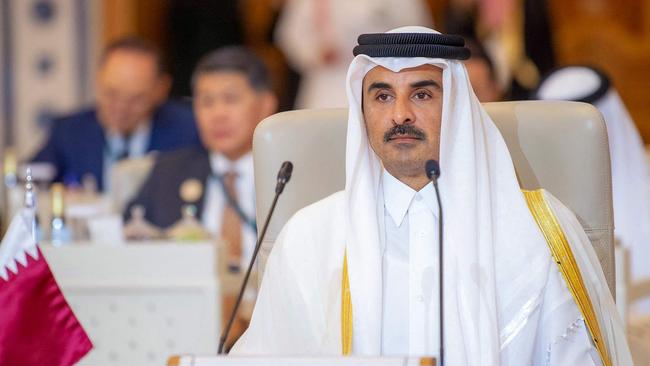
Two days later the Qatari prime minister proposed to White House Middle East co-ordinator Brett McGurk the release of a large group of women and children in exchange for Palestinian prisoners and more aid and fuel. With Washington’s approval, Qatar and Egypt went to Hamas on Oct. 26 to see if they could get the deal done. Hamas was asked for a list of identifying information or so-called proof of life.
Hamas’s Sinwar responded to Egypt that he would guarantee the release of the 50 women and children but that he didn’t have the full identifying information on those to be released. A few hours later Hamas offered a list of just 10 names.
The U.S. response came immediately: 10 names wasn’t enough. Israel also told Egyptian negotiators that the impending ground invasion would pressure Hamas to give in and take the negotiations more seriously.
The ground incursion began the night of Oct. 27, with Israeli tanks, armoured vehicles and soldiers spilling into Gaza and clashing with Palestinian fighters while warplanes rained missiles on the strip. Sinwar cut off contact with the Egyptian negotiators.
Developments on the battlefield “impacted the negotiation dramatically,” said Mohammed Al-Khulaifi, the Qatari negotiator. “Any escalation will make our task extremely difficult.”
The talks resumed days later, with Egyptian intelligence officers trying to coax Hamas into supplying a list of 50 names. On Oct. 31, Israel launched an air strike targeting a Hamas leader in Jabalia in northern Gaza that flattened entire apartment blocks, killing more than 100 Palestinian civilians in the deadliest single air strike of the war to date. Egypt, Qatar and Hamas all halted the negotiations in protest.
With the talks teetering, Central Intelligence Agency Director Bill Burns and the director of Israel’s Mossad intelligence agency, David Barnea, flew to Doha to try to obtain more information about the hostages and see if more pressure could be applied on Hamas. Burns met Barnea and Qatari officials in Doha on Nov. 9 in what regional officials saw as a breakthrough in the talks. Officials wrote a rough draft of the deal.
On the morning of Nov. 12, Hamas finally supplied more names of hostages to be released as Israeli troops surrounded Al-Shifa Hospital.
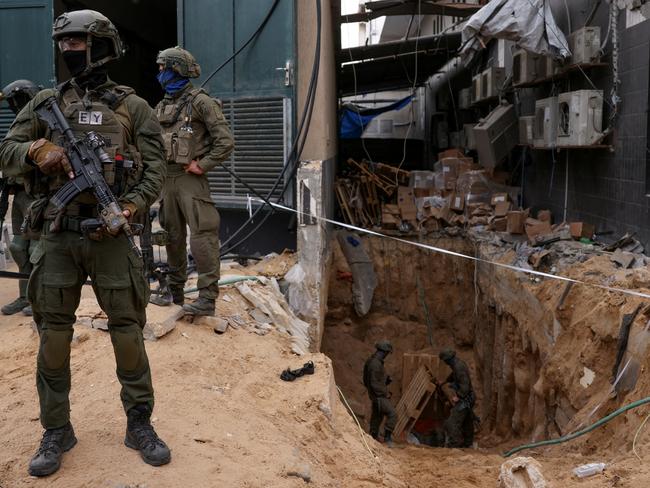
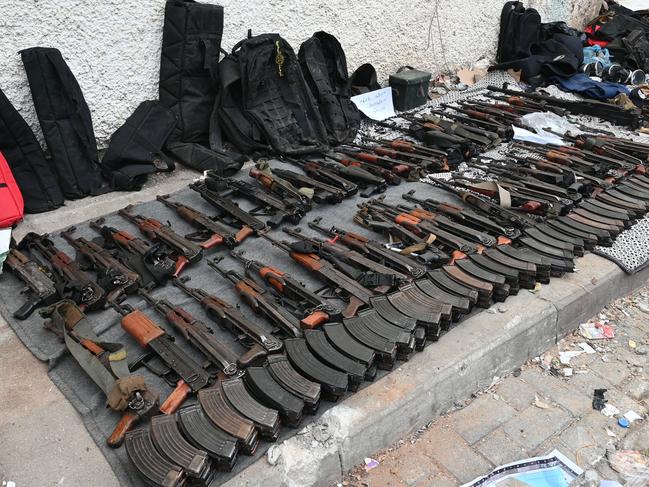
Hamas leaders in Gaza again cut off contact with negotiators. Sinwar sent a message to Egypt saying Hamas would cancel the negotiations completely if the Israeli military didn’t call off the operation at the hospital.
That same day, Biden made the first of two calls to the emir of Qatar, Sheikh Tamim bin Hamad Al Thani. The lack of identifying information about the hostages from Hamas was impeding the talks, Biden said during an exchange an aide described as “intense.” The president demanded clear information on the 50 hostages including age, gender and nationality. Without that information, the negotiations would fail, he said. The emir made it clear to Biden that he would do everything he could to persuade Hamas to provide the information, the aide said.
Israeli forces seized control of Al-Shifa days later, finding AK-47s, a laptop and other equipment stashed in the hospital that it said was evidence of a command centre.
When talks resumed on Nov. 16, negotiators extracted the detailed list of 50 hostages that Hamas slated for release.
The next day Biden, who was in San Francisco for his meeting with Chinese leader Xi Jinping, called the Qatari emir. Biden praised Qatar’s work on the hostage deal. But he also warned it could be the last chance to execute the deal. Both sides had made concessions in the talks, the president said. Now was the time to get it done.
Qatari officials agreed to prod Hamas and asked Biden for help pressuring Israel to accept the deal. Biden said he had been in frequent contact with Netanyahu about the negotiations.
In the following days, McGurk flew to Doha to hammer out the details of the agreement, now written down in a six-page document, while Burns joined the talks remotely. McGurk also flew to Cairo to meet Egyptian intelligence chief Abbas Kamel to go through the same document.
Hamas had agreed to most of the draft document, but sticking points remained. There was disagreement over the ratio for exchanging Israeli hostages for Palestinian prisoners, as part of a second wave of releases. The two sides still differed over the length of the pause in fighting.
Hamas was also demanding Israel stop its drone surveillance of Gaza during the pauses – a measure that would hamstring Israel’s efforts to pursue Hamas leaders in southern Gaza.
Biden held a series of conversations with Netanyahu on the issues. Israel had initially resisted the request to stop drone surveillance, but at Biden’s request, ultimately conceded the point. The U.S., which also conducts surveillance over Gaza, is considering if it will continue its own drone operations and at what scale.
“We are evaluating how the U.S. will adjust its activities in support of these efforts,” one U.S. official said.
Hamas publicly accepted the deal on Nov. 21. Israel’s government approved it early on Wednesday.
But by Wednesday night, Israel’s top national security official, Tzachi Hanegbi, issued a surprise statement saying the deal would be delayed by at least a day. A last-minute issue had come up.
According to negotiators, Hamas asked Israel for a list of the first group of Palestinian prisoners to be released so it could inform their families. When Israel turned down the request, Hamas refused to share the list of hostages it planned to hand over on the first day, negotiators said.
A spokesman for Qatar’s Foreign Ministry said Thursday that the lists of hostages and prisoners to be swapped would be exchanged daily.
The last twist left families of the hostages reeling, with some saying they won’t believe the deal is real until their loved ones are back on Israeli soil. The first hostages are set to be released at 4pm. Friday local time.
“I really hope it happens and nobody backs out,” said Mika Dan, 14, whose uncle, Ofer Kalderon, 53, was kidnapped on Oct. 7 from a kibbutz near Gaza with his two children. “I just really want them back.”
The Wall St Journal





To join the conversation, please log in. Don't have an account? Register
Join the conversation, you are commenting as Logout